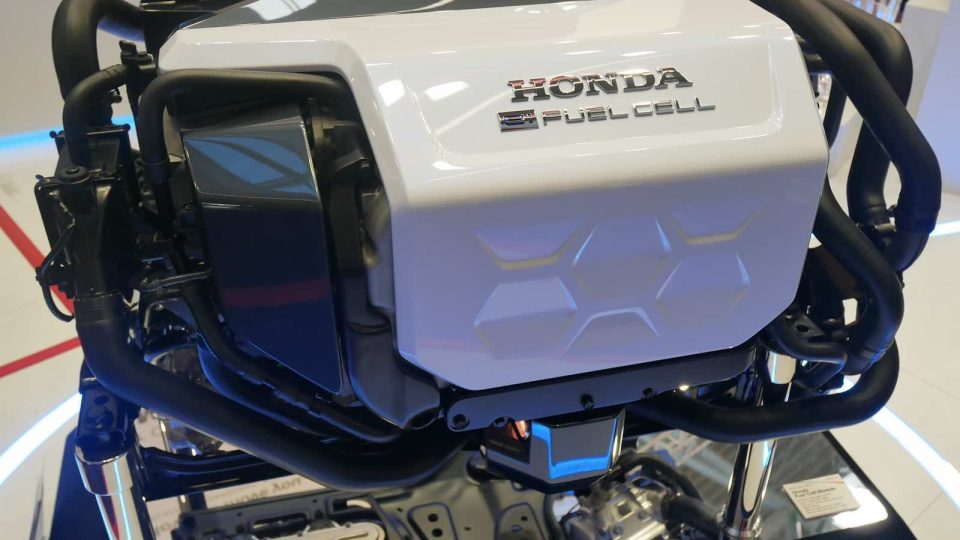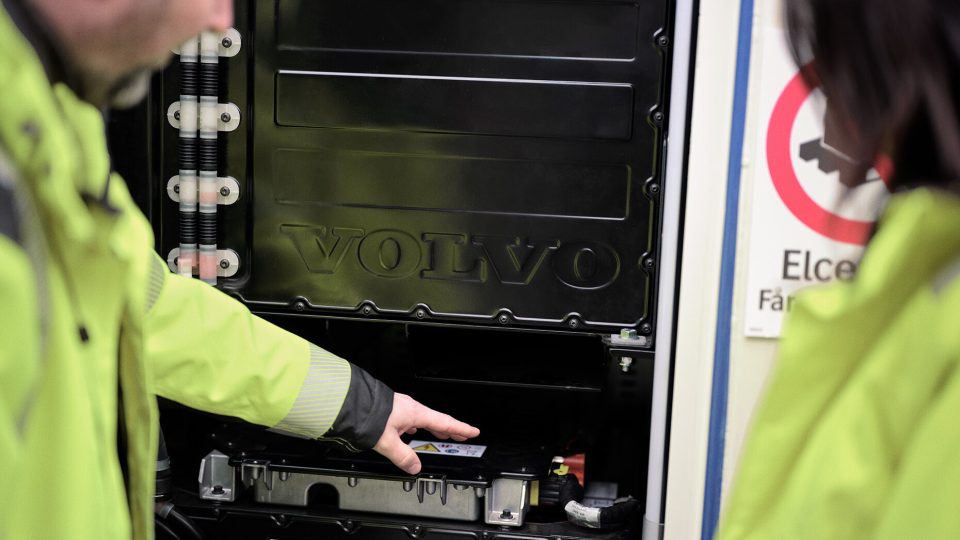PowerLink gensets: diesel and gas
We had already talked about PowerLink gensets in a previous post, an interview with Jack Zhu, Sales and Marketing Coordinator. Starting from the PowerLink-branded engines sold by the Shanghai-based company and the vision of the global genset manufacturer about diesel and gas applications. Mr Zhu, we saw on your website that some of the engines […]
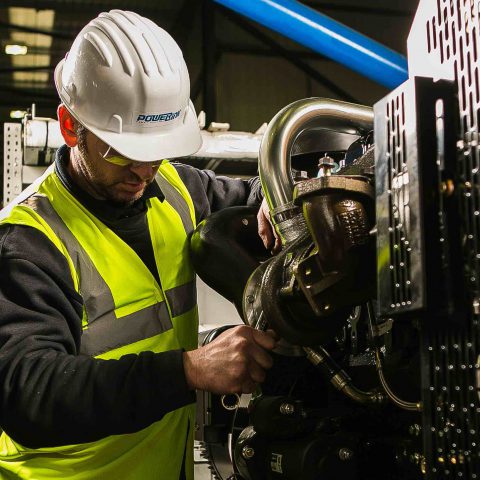
We had already talked about PowerLink gensets in a previous post, an interview with Jack Zhu, Sales and Marketing Coordinator. Starting from the PowerLink-branded engines sold by the Shanghai-based company and the vision of the global genset manufacturer about diesel and gas applications.
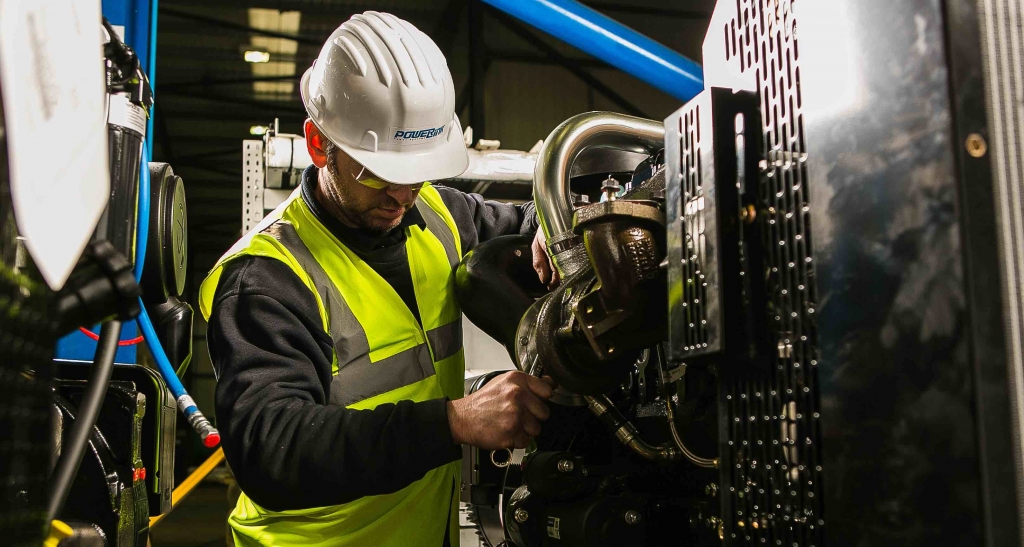
Mr Zhu, we saw on your website that some of the engines you mention are PowerLink-branded. Does your company play a part in engine manufacturing? What’s the origin of the bare engine block?
Yes, we do have our own engines. The first ones were gas engines which are used in a range of our gas generators. In recent months, we have also launched a series of diesel generators using PowerLink engines. We do not manufacture engines directly, however we work with our partners that manufacture engines for us, to our standard, then brand it as PowerLink once they’ve been tested by us. The origin of the bare engine block is in China.
Let’s talk about PowerLink engines. Are your requirements in terms of engines different when it comes to rental, prime power or stand-by applications?
No, the selection of engines depends on the customer or what we think is the most appropriate approach. The selection of engines does not differ whether the generator is used for rental, prime power or on standby mode.
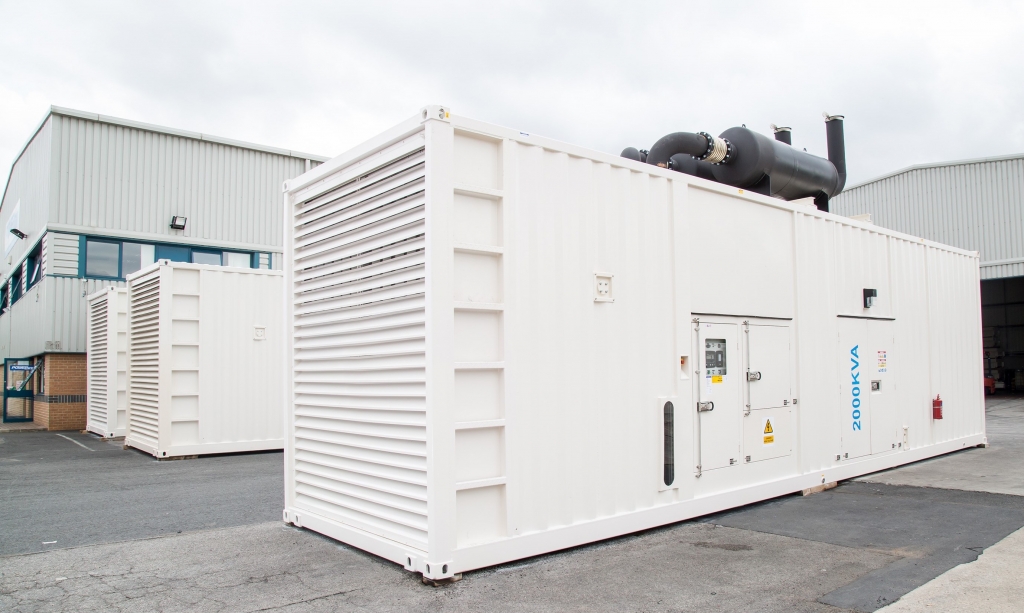
How strong is the company’s specialization in gas gensets? Which are the engines suppliers when it comes to gas? And what’s the most promising technology when it comes to gas?
At first, the company started gas projects in China, including biogas cogeneration in farms, wastewater treatment plant, AD applications etc. We have 8 investment plant in China alone, the investment in this has brought back financial return to us. It was then spread out to the world. Natural gas cogeneration in Russia, UK to support hotels, residential areas, and business buildings. APG generator in Indonesia for the oil and gas field. More biogas in Brazil, the Czech Republic and Korea for farms, as well as many more.
Engine suppliers include MWM, MAN, Perkins and PowerLink, our own engines. The most promising technology by far, we would say, is the biogas equipment. Not only we supply the generator itself, we also supply biogas pretreatment equipment for the early stage processes to clean and store biogas.PowerLink offer three types of engines, we believe that this is enough to cover up a large number of application fields, power available are 10 kW up to 2,000 kW.
TWO NEW ENTRIES IN PERKINS ENGINE MANAGEMENT
The range of 10 kW to 50 kW cogeneration units were newly launched. We believe there is a big market for this in the residential and estate areas in the EU. Most of our generators are made to suit pipeline gas. However, LNG are also available of up to 1,000 kW.
Electrification: is this the one way of full electric or hybridization as well?
Powerlink is currently developing a range of hybrid generator sets with a variable speed engine which guarantees fuel consumption savings of 40 percent compared to a standard generator set and 20 percent compared to other fixed speed, hybrid gensets currently available on the market.

What will be, in your opinion, the worldwide market trend in this sector?
I believe that the trend in this sector is going more green, that is, more and more Stage V generators will come into the market, especially in the developed countries. The second way of being green is by having more equipment that can eliminate or reduce the emissions by choosing what types of generator should be used.
For example, natural gas generators and biogas generators that can turn waste gases into electricity. Because of the forward-moving trend, one of our strategies is to stay on track with what the world in moving into. In recent years, we have launched Tier 3 and Tier 4 Final diesel generators, as well as gas projects across the world. Biogas is a big party within the industry at the moment, as many places in the developing world which have lack of knowledge of biogas, does not use it and let it become waste. However, I think that something can be done in those environments to bring biogas generators into the market in order to achieve and make good use of the waste gases.




